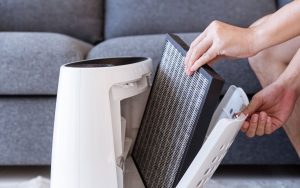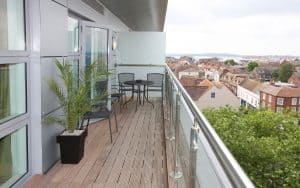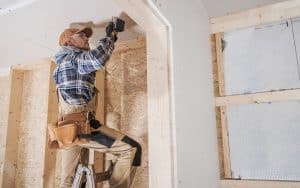The sun’s rays, when they come in contact with an object, produce heat. When the sun shines through your window and warms up your home you will need to take precautions to avoid uncomfortable temperatures.
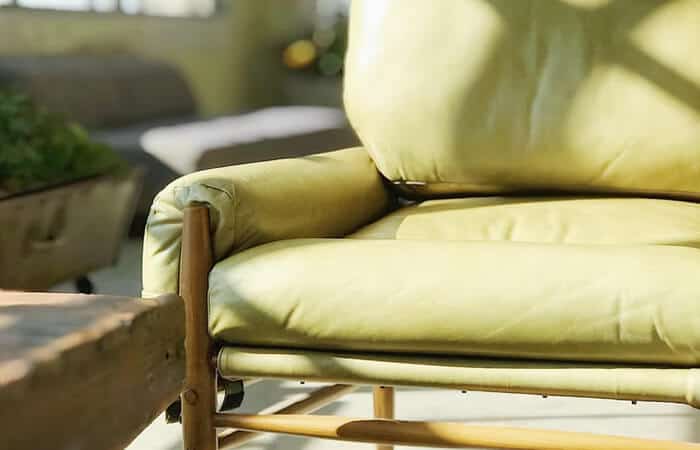
If you do not block the sun from entering your window then you can prevent it from heating up your home and trapping that heat inside. By blocking the sunlight from entering your window, you reduce the amount of solar radiation in your home and keep it cooler.
How Does the Sun Heat Up Your Home?
The sun shines on windows and heats up the surfaces inside your home. This means that the air inside of your home becomes warmer than the air outside, and it starts to flow out of any cracks or incomplete seals.
Heat from windows can be a serious problem in the winter if you live in a cold climate. The sunlight heats up your windows and then escapes into the room, causing it to get hotter quickly.
When the warm air near the window mixes with the cold air coming in from outside, it causes a lot of dust and pollen particles to stick to your furniture and your carpet.
Best Ways to Block Heat From Windows
Heat gain through windows can wreak havoc on home energy bills if it’s not controlled, so here are the best ways to stop them from making your air conditioning work harder.
Window Blinds & Curtains
Many of us are aware of the effects of closed blinds and curtains on room temperature, but how do they work?
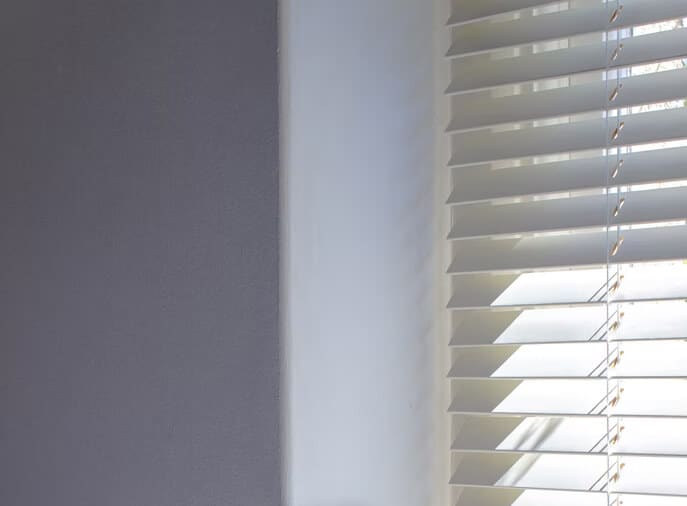
Curtains act as a barrier of insulation by absorbing heat. Window blinds also act as an insulator, but additionally allow light to filter through for daytime viewing. They can be set to roll up, like a window shade, for times when light is desired.
Window blinds are an affordable solution to keep warm air from over-heating your home. You can install them on the interior or exterior of your window so you have the best of both worlds! They are easy to clean and come in a variety of colors, patterns, and textures.
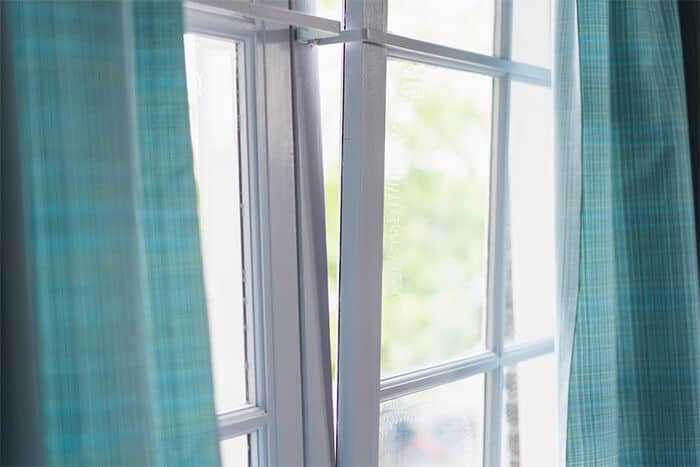
Pros and Cons of Window Blinds & Curtains
Some people might feel more comfortable using window blinds and curtains because they can control how light is allowed to enter the room. This is especially useful if someone has sensitive skin or doesn’t want to wake up during the day.
However, the drawback of using window blinds and curtains is it can reduce natural light in a room. This reduction in natural lighting may cause eyestrain and headaches for those who work at desk or near windows for long periods of time.
Roller and Panel Blinds
Roller and panel blinds are an affordable and effective way to block the sun’s rays and prevent the heat from coming in. The most common variety is made with aluminum, which reflects the sunlight and also blocks outside noise.
Roller blinds are designed to provide an insulating layer of air between two layers of fabric, which helps prevent heat from getting in through the window.
These blinds can be closed and open depending on how much light and air you need in the room. They come in a variety of colors and styles so they can be coordinated with your décor.
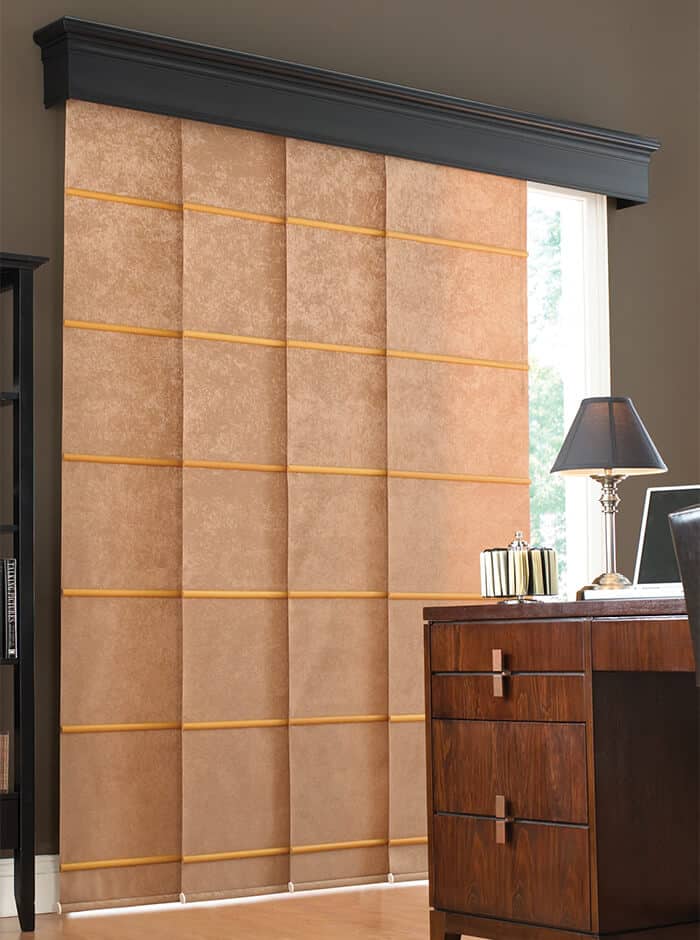
Pros and Cons of Roller and Panel Blinds
Roller and panel blinds are easy to install and can be placed inside or outside the window frame. Roller and panel blinds come in traditional, contemporary, or transitional designs, so there is sure to be one that suits the style of any room. Roller and panel blinds offer full light control while also insulating against heat gain.
However, they do not provide much protection from UV rays and may potentially cause fading of furniture and carpets. As a result, homeowners should consider investing in window treatments that allow them to block both heat and UV rays if they want to protect their furnishings or carpeting.
Window Shades
The use of window shades can help keep your home cool during the summer. By blocking the sun’s rays, window shades are able to prevent up to 80% of the sun’s heat from coming through your windows.
Window shades are available in different types of material including linen, bamboo or vinyl that offer varying levels of insulation based on their type.
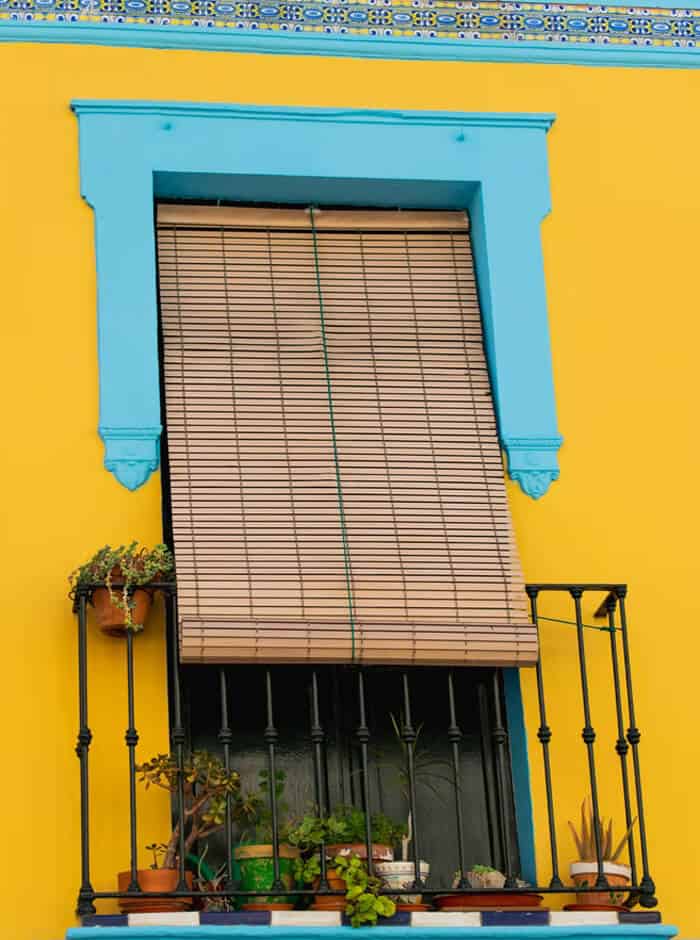
Pros and Cons of Window Shades
Many people in the United States use window shades to block the heat from their windows. There is a significant advantage in using window shades to block heat instead of using air conditioning or opening and closing curtains each time you want air circulation, which can be very disruptive. Window shades also help with privacy and noise reduction.
Unfortunately, using them alone doesn’t provide much protection from the sun’s heat. Since they are typically made of fabric, they don’t block the sun’s rays as well as glass.
Window Film
Window film is a light-sensitive product that can be installed on windows to protect them from damaging UV rays from the sun. Once applied, window film creates a barrier between the UV rays and the glass, preventing them from penetrating into your home and harming you or your belongings.
Window film is made of specially designed materials that are able to resist strong sunlight and retain their insulating properties even when exposed to high temperatures.
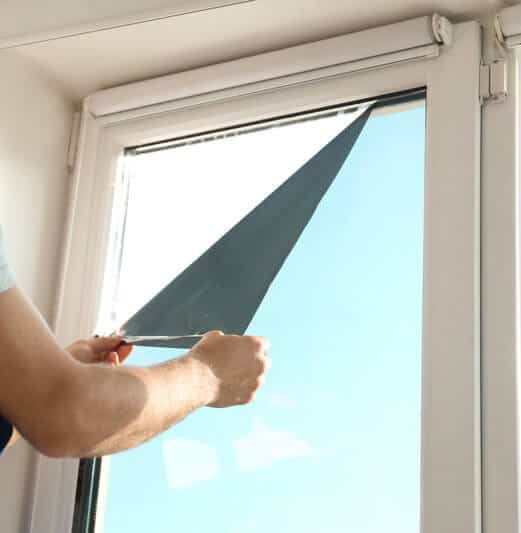
Pros and Cons of Window Film
Window film has been tested and has been shown to lower the temperature of a room by up to 25 degrees! In addition, these films reduce glare and they come in different styles and colors so they can completely transform your windows.
Window film, however, has many disadvantages that may outweigh its benefits. The film does not allow sunlight to shine onto the furniture and flooring of the room like regular curtains and blinds do. It will dramatically affect the dimensions of a room and make it feel smaller than it is.
Window film can cause added glare inside your home that makes it difficult to see what’s on the computer screen or read a book. If you have children, it could lead to many frustrations and complaining.
Low-E Windows
Window efficiency has been a growing concern in the United States, and low-e windows are one way to reduce the heat that builds up in a home. Low-E (low emissivity) glass blocks infrared radiation which is the type of energy that heats up objects and surfaces inside a room.
This means that it can be several degrees cooler on a hot day when you have a low-e window installed in your home. Low-e windows also help save on heating bills by keeping the home cooler in winter, while still letting some light into the room.
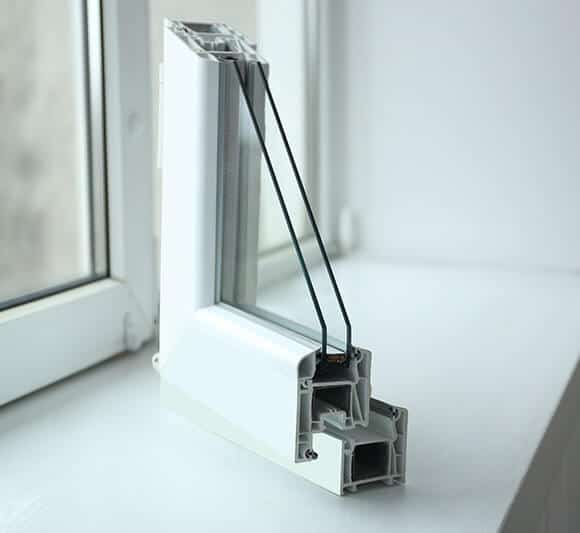
Pros and Cons of Low-E Windows
Low-E windows help you use less of your own electricity but it also more environmentally friendly since it reduces your carbon footprint.
The disadvantages involved with Low-E Windows include their installation cost, maintenance and the fact that not all homes may be able to install these windows. Our advice is to install these windows when you are renovating your home.
Window Inserts
Window inserts are designed to be inserted behind the existing glass, blocking out heat from the sun that would otherwise be absorbed into your house.
Energy-efficient window inserts also decrease heating needs, allowing you to save more money. You can choose an affordable option for insulated vinyl, but you might want to invest in cedar or other natural wood for better insulation.
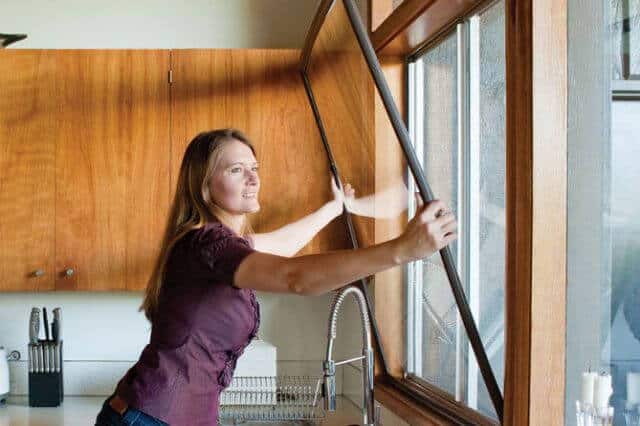
Pros and Cons of Window Inserts
Window inserts provide a do-it-yourself solution to heating and cooling issues in older houses which mean anyone can buy and install themselves without the needs of hiring contractors.
They also help to block out sound when you don’t want it. If you have pets, an insert will keep them from reaching your window sills or screens. You can also use them in stormy weather to prevent rain from coming in.
However, there are drawbacks to their use. The inserts are often made with cheap materials that deteriorate quickly and the porous material can grow mold. Furthermore, they may not help much in reducing humidity levels.
Window inserts might require more cleaning than curtains or blinds because they cannot be taken down and hung to dry outside when they get wet.
Conclusion
In conclusion, heat can be a huge problem in the summer. If you want to block heat from coming into your home, there are many ways to do so as in this blog post.
So what are you waiting for? Try one of these tips for blocking heat from your windows today!


